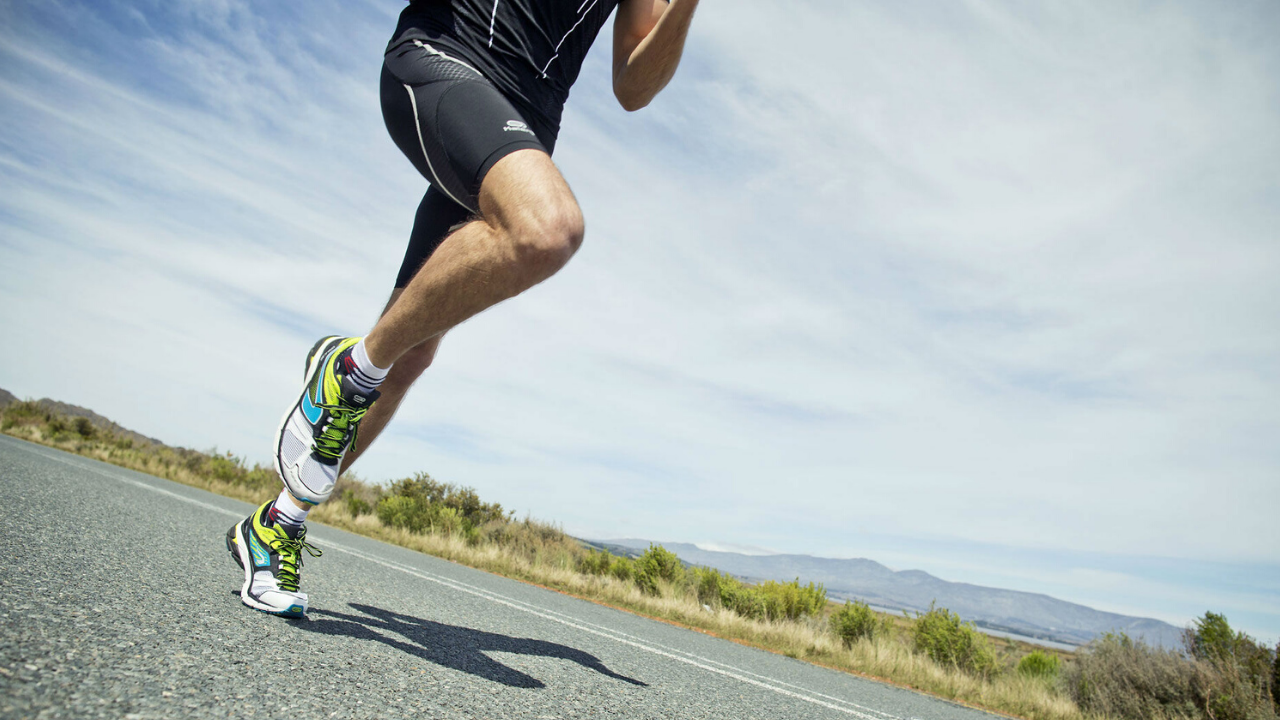September 9, 2017
1m 30s
Share:
Hyperbaric chamber therapy is not only indicated in pathological cases. Another reason why this type of treatment is indicated is to pursue the increase in the speed of physical recovery after a competition of high sports performance, whether it is practiced amateur or professional, as it is the case of the captain of the Athletic Club Newell's Old Boys, Mr. Hernan Bernardello, who is attending our institution to perform sessions of hyperbaric oxygenation once a week after his football competition.
The goal of therapy is to generate a hyperoxia, meaning a significant increase in blood oxygen levels to generate numerous benefits.
This situation to which the patient is induced with the hyperbaric chamber improves the natural capacity of the tissues to recover.
We know that a high performance athlete submits his body to extreme physical stress and it triggers inflammatory reactions that are reflected by the typical symptomatology of generalized pain that an individual perceives after a physical effort of considerable magnitude.
This symptomatology triggered by the inflammatory reaction of the tissue manifests itself in general muscular pain, joint pain, etc. This interferes in the application of a new and subsequent training stimulus which must be submitted to a sports high performance athlete immediately after having competed and this picture is repeated throughout a sports season.
To this prospect is added the direct traumatisms to which he is exposed due to the high physical contact from the practice of soccer. These injuries often delay the availability of the athlete to the coaching staff and the squad so that they have their resources in the following sports commitment, obviously affecting the results of the competition.
The benefits of Hyperbaric Oxygenation treatment (HBOT) are:
1. Increases oxygenation in all tissues, even those that were not damaged but suffer stress.
2. It has anti-inflammatory effects from vasoconstriction.
3. Stimulate the cells that produce collagen.
4. Increases blood flow, especially in poorly irrigated tissues.
5. Accelerates tissue recovery times.
6. It produces angiogenesis, which is the stimulation of the formation of blood vessels.
7. Accelerates the rehabilitation processes in injuries of ligaments, bones, joints or muscles.
8. Involved in the regulation of oxidative stress.
9. Increase energy at the cellular level.
10. Reduces symptoms related to muscle, joint and ligament fatigue
Share:
Related
View cookie policy.


